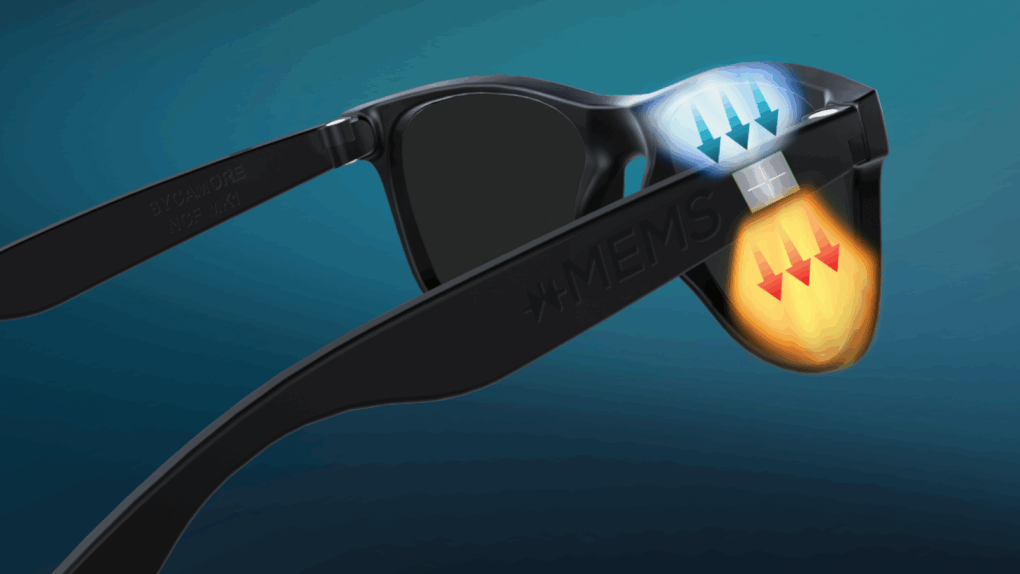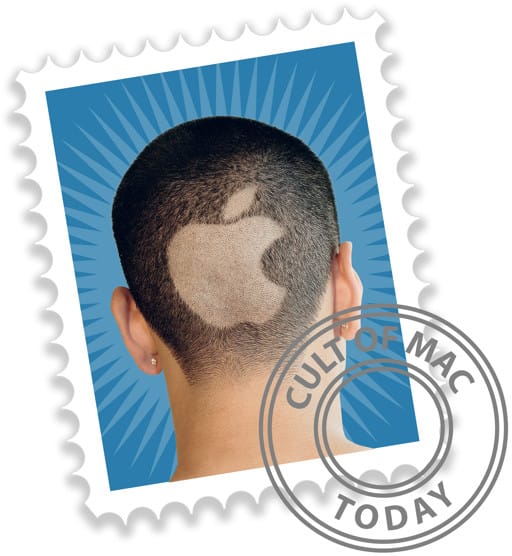Here’s some encouraging news for Apple users eagerly awaiting the next generation of smart wearable — new technology could cool down overheating smart glasses. The world’s first active cooling system small enough to fit inside the frame of smart glasses arrives with µCooling fan-on-a-chip technology, xMEMS Labs said Tuesday.
That potentially addresses one of the biggest obstacles facing AR glasses projects like Apple’s rumored one. A sophisticated system in a frame generates heat against a user’s skin, and a passive heat sink may not dissipate it enough.
New technology could cool down overheating smart glasses
Santa Clara-based xMEMS Labs said its µCooling fan-on-a-chip technology represents a breakthrough for wearable devices that need to pack powerful processors into lightweight frames. As Apple continues developing its Vision product line and exploring lightweight AR glasses, thermal management emerges as a potentially critical challenge that could make or break user adoption.
“Heat in smart glasses is more than a performance issue; it directly affects user comfort and safety,” explained Mike Housholder, VP of Marketing at xMEMS Labs. Traditional passive cooling methods simply aren’t adequate for devices worn on the face for extended periods.
In addition to cooling systems, xMEMS Labs provides its silicon-based audio technologies to earbuds and headphones manufacturers. Recently an xMEMS microtweeter appeared in AI sports glasses, following release of the Lassen microspeaker for next-generation earbuds from various makers. But xMEMS Labs hasn’t said if Apple and other major players are or could join its growing list of clients.
Why cooling matters for Apple’s AR ambitions
Apple’s current Vision Pro already demonstrates the thermal challenges facing advanced head-mounted displays. While the Vision Pro uses external battery packs and sophisticated heat dissipation, future Apple glasses will need to be dramatically smaller and lighter while potentially offering even more computing power.
The problem is straightforward: as companies like Apple integrate more AI processing, cameras, sensors and high-resolution displays into glasses frames, heat generation increases significantly. Current smart glasses operate at 0.5 to 1 watt of power. But next-generation devices are expected to consume 2 watts or more. That extra heat has nowhere to go except into the frame materials that rest directly against users’ skin.
How the new cooling technology works

Image: xMEMS Labs
xMEMS’ µCooling solution uses what the company calls piezoMEMS architecture — essentially a solid-state fan with no moving parts, motors or bearings. This means silent operation without vibrations, which would fit into Apple’s typically premium user experience standards.
The cooling chip measures just 9.3mm x 7.6mm x 1.13mm, making it small enough to integrate into even the thinnest glasses frames without affecting aesthetics or weight distribution. Testing has shown the technology can provide 60% to 70% improvement in thermal efficiency, reducing system temperatures by up to 40% and cutting thermal resistance by up to 75%, xMEMS said.
For Apple users, these improvements could translate to several key benefits: cooler frames that don’t become uncomfortable during extended use, sustained performance without thermal throttling, and improved long-term reliability of expensive devices.
Implications for Apple’s product roadmap
While Apple hasn’t officially announced AR glasses, industry analysts widely expect the company to eventually release lightweight smart glasses as a follow-up to the Vision Pro. Tim Cook repeatedly emphasized Apple’s interest in augmented reality, calling it a “profound technology” with transformative potential.
The availability of effective miniaturized cooling technology removes a significant engineering barrier that has likely constrained Apple’s design choices. With solutions like µCooling, Apple could potentially pack more processing power into sleeker frames while maintaining the all-day wearability that would be essential for mainstream adoption.
And the technology isn’t limited to glasses. xMEMS has already deployed variations of its cooling system in smartphones, SSDs, and optical transceivers suggesting potential applications across Apple’s entire product ecosystem. But of course Apple might develop its own systems.
New technology could cool down overheating smart glasses: Timeline and availability
xMEMS said it can now provide samples to manufacturers, with volume production planned for the first quarter of 2026. This timeline aligns well with analyst predictions for when Apple might be ready to launch its first-generation AR glasses, though the company has given no official timeline for such products.
For Apple users watching the company’s AR development, the emergence of practical cooling solutions might be a piece of the puzzle falling into place for truly wearable computing devices.
Source: xMEMS Labs


